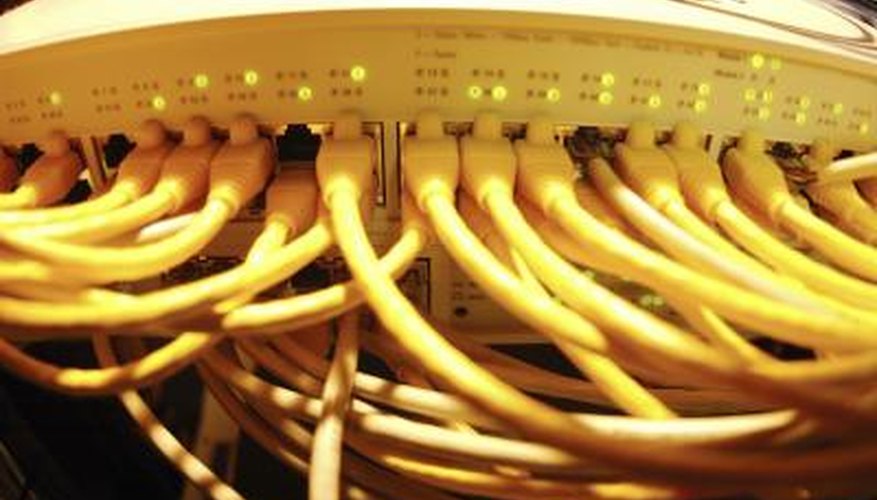When you set up network equipment, you have a choice between half duplex and full duplex. Half duplex uses the same medium to receive and transmit data, but that data is received and transmitted at different times. A full duplex network, on the other hand, can receive and transmit data simultaneously. Deciding which network infrastructure is right for you means looking at a number of different factors, from your network equipment to the needs of your end users.
Speed
Speed is a big advantage of a full duplex network infractructure. When a device is set at half duplex, it can receive and transmit data, but not at the same time. With a full duplex network environment, that data can be sent and received at the same time. That can result in faster throughput speeds, fewer network bottlenecks and a marked increase in network performance.
- Speed is a big advantage of a full duplex network infractructure.
- With a full duplex network environment, that data can be sent and received at the same time.
Homogeneous Environment
It can be much easier for network administrators to work with a single homogeneous environment. Troubleshooting is easier when every piece of network equipment, from the servers, switches and hubs in the data room to the terminals and computers on the floor, are set to full duplex. When a problem does occur, network personnel can run reports to identify problem clients and make the changes necessary to bring them back online.
Compatibility
Not all network equipment supports a full duplex setting. Many older routers, switches, hubs and network clients do not support full duplex, so network administrators need to check all their equipment carefully before moving forward with a full duplex network environment. Once the network is moved to full duplex, any devices that do not support full duplex will no longer be able to connect. The cost of replacing that old equipment can be quite high, and that expense should play a role in any decision to upgrade the network.
- Not all network equipment supports a full duplex setting.
- Many older routers, switches, hubs and network clients do not support full duplex, so network administrators need to check all their equipment carefully before moving forward with a full duplex network environment.
Stability
You may find that you have network clients that are capable of full duplexing, even if the underlying network infrastructure is not. If this is the case, switching that network client to a full duplex mode could cause instability across the entire local or wide area network. It can sometimes be difficult for network administrators to diagnose these types of issues, since they can be sporadic, occurring only when the problem terminal is sending or receiving data.
